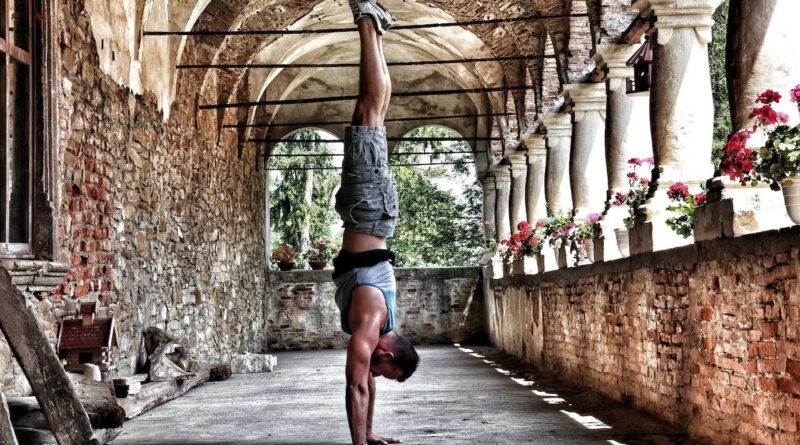Mastering the Press to Handstand: A Comprehensive Guide to Strength, Flexibility, and Control
Embarking on the thrilling journey of mastering the press to handstand is like stepping into a world where gravity becomes a challenge and your hands become your anchors. It’s a skill that showcases strength, flexibility, and control, and whether you’ve seen it in gymnastics, calisthenics, or even platform diving, you can’t help but be in awe of those who can effortlessly transition into a handstand with precision and grace.
In this article, we’re going to decode the secrets behind the press to handstand, followed by many other interesting things stated in the best calisthenics program.
The Press to Handstand: A Controlled Feat of Strength and Control
Imagine defying gravity with a controlled entry into a handstand performed without relying on momentum. This is the essence of the press to handstand. Athletes showcasing this skill can be found in various disciplines, from platform diving to gymnastics and calisthenics. The key to an efficient press is often passing through a position known as the “pancake,” where the legs are straddled and the chest is held close to the legs.
Muscles Used to Press to Handstand
According to a study by Calisthenics Worldwide, executing a press to handstand involves a symphony of muscles working in harmony. The anterior deltoids, trapezius, lower back, hip flexors, hamstrings, and abdominal muscles all play crucial roles. From lifting your body with the help of the anterior deltoids to maintaining balance with the lower back, each muscle group contributes to the controlled and balanced movement required for the press.
Starting Positions to Press to Handstand
The journey to a handstand can commence from various positions, such as standing, the L-sit, or the straddle L position. Each variation demands a unique combination of strength, flexibility, and control. Whether you choose to initiate the press from a standing position or experiment with the L-sit, each starting point adds its own flair to the journey.
How Long Does It Take to Do a Press to Handstand?
Patience is the key when it comes to mastering the press to handstand. The time required varies based on factors like hamstring flexibility, hip flexor strength, shoulder stability, and overall body conditioning. While some athletes with greater flexibility and strength progress more rapidly, consistent training and dedication make this skill attainable for anyone committed to the journey.
Benefits of Training a Press to Handstand
Beyond the impressive visual spectacle, training the press to handstand offers a myriad of benefits. It targets and develops strength in various muscle groups, enhances flexibility, improves core stability, heightens body awareness, and refines balance and coordination. This multifaceted skill contributes to overall physical prowess and mental acuity.
Final Remarks
Mastering the press to handstand is not just about defying gravity; it’s a journey that transforms your strength, flexibility, and control. While it demands time and dedication, the rewards are immense. So, start your training, follow the progressions, and work towards achieving the press to handstand—a symbol of true athleticism and control that can change your fitness journey.

